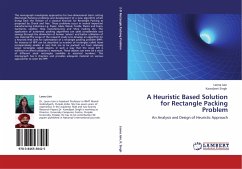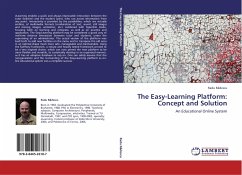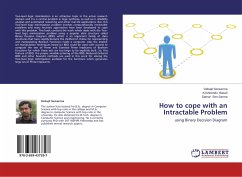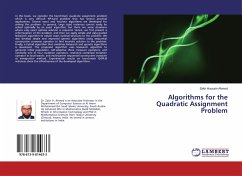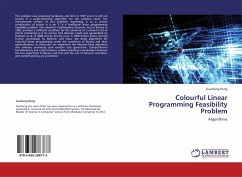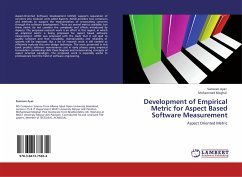This monograph investigates approaches for two-dimensional stock cutting (Rectangle Packing) problems and development of a new algorithm which brings back the revision of a classical heuristic for Rectangle Packing as proposed by Cheok and Nee. These problems occur in several important manufacturing industries e.g. Paper, Glass, Wood, Textile, Plastic and Foam, Garments, Leather, Ship manufacturing and Shoe making etc. The application of automatic packing algorithms can yield considerable cost savings through the diminution of human solvers and better utilisation of raw material.The scope of the research study is to develop an algorithm for a heuristic that aims for optimisation of a rectangle packing problem (RPP). An instance of RPP can be described as number of rectangles called items (comparatively smaller in size) that are to be packed/ cut from relatively larger rectangles called objects, in such a way that the scrap left is minimum or sheet utilisation is maximum. These objects can even be a stock of different sized rectangles available in assorted numbers. This monograph has 6 chapters and provides adequate material on various approaches to solve the RPP.
Bitte wählen Sie Ihr Anliegen aus.
Rechnungen
Retourenschein anfordern
Bestellstatus
Storno

